Where Can I Fly My Drone? 5 Ideal Places
Last Updated on
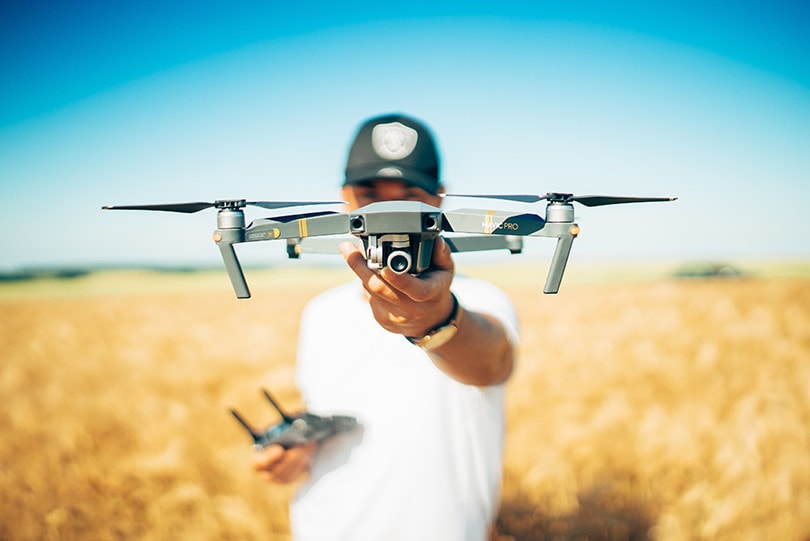
Whenever you first get a drone, you immediately want to take it flying. Unfortunately, there are a lot of areas where flying drones is illegal. It’s important to know which areas are legal so that you can have fun with your drone without any fees or problems.
Below, learn about five ideal places to fly your drone, as well as three locations to avoid and tips for learning if an area is drone friendly.
Top 5 Places to Fly Your Drone
1. Backyard

| Legality: | Legal |
| Best For: | First-time flyers |
Your backyard is one of the best places to start flying your drone. By flying in your backyard, you can begin to master the drone without much risk of damaging it. You also don’t have to worry about infiltrating anyone’s property or privacy.
The downside of flying in your backyard is that it likely isn’t very large, and it won’t be as exciting. For this reason, flying in your backyard is best for learning how to use a drone.
- Free
- Legal
- Unlimited access
- Not very big
- Can become boring
2. Select Local Parks
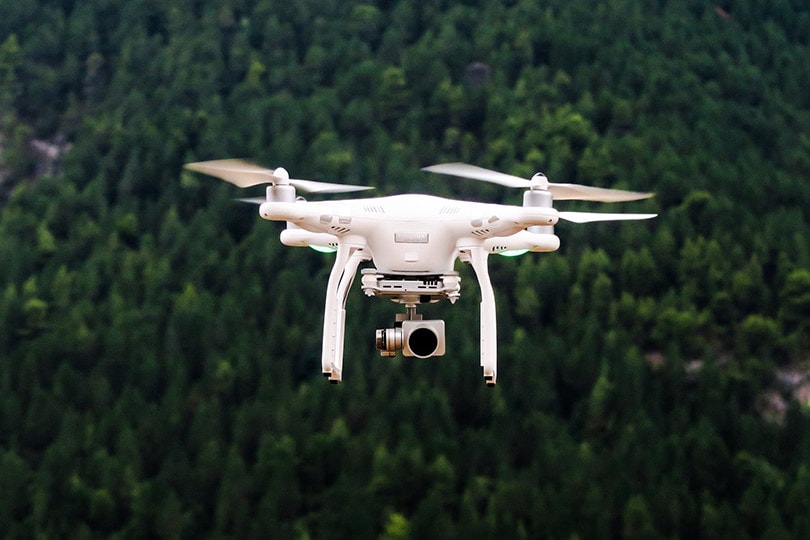
| Legality: | Legal but requires more research |
| Best For: | First-time flyers |
Once you become bored of flying around in your backyard, upgrade to local parks. Most local parks will allow you to fly your drones, but some local ordinances might prohibit it. Research your local parks to determine which ones allow drones in your area.
After you determine which parks allow you to fly drones, parks provide new and fun areas to practice your flying skills. It allows you to see different terrains and environments without putting your drone at too much risk.
- Free
- Legal
- Easy access
- Requires research
3. Over the Water
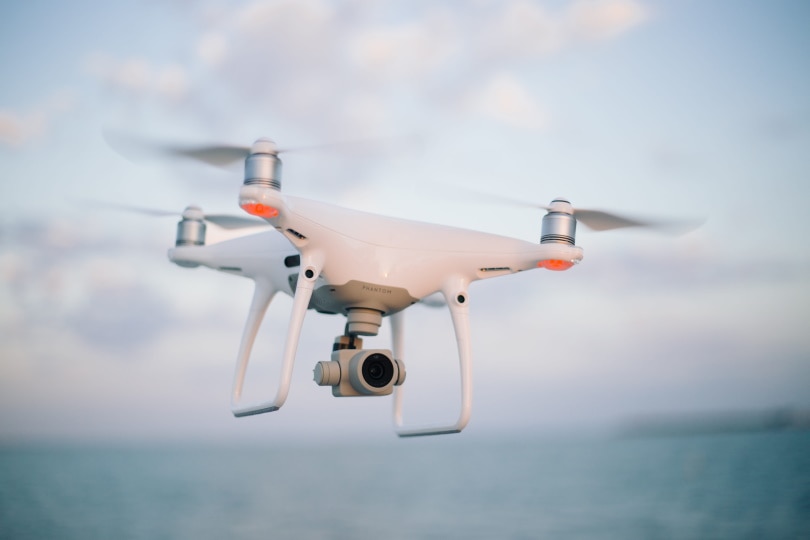
| Legality: | Legal but requires more research |
| Best For: | Water lovers |
If you love looking out over the water, flying your drone over water can be super fun. For example, flying over creeks and ponds can be a breathtaking sight.
Before you fly a drone over any water, make sure to do your own research about the area you are flying around. For example, you aren’t allowed to fly a drone in any national park, including water within the park. Local creeks in your area are often great places to explore instead.
If you decide to fly over water, be very careful. Water can damage the drone. With a lot of practice, you can quickly learn how to fly your drone safely over water and other dangerous environments.
- Free
- Legal
- Easy access
- Will require research before
- Could damage the drone
4. National Forests
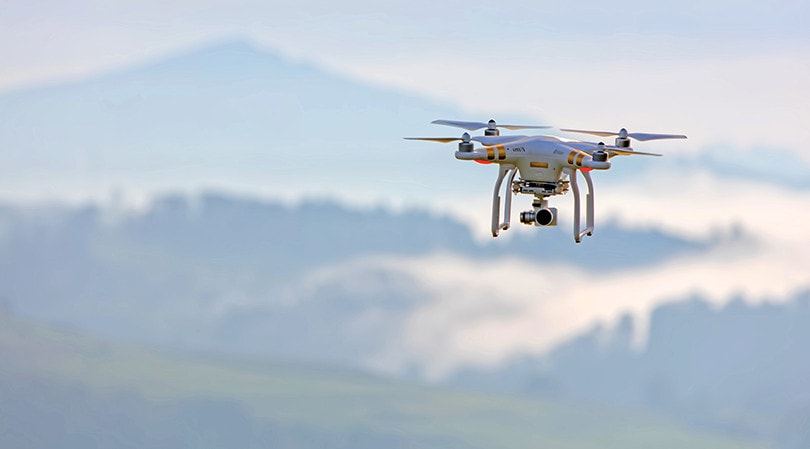
| Legality: | Legal |
| Best For: | Enthusiasts |
Even though it’s illegal to fly drones in national parks, national forests are a different case. A national forest has an entirely different purpose than national parks. National forests are typically managed for several reasons, including recreation, timber, and wildlife.
National forests are a great place to fly your drone if you are a more experienced flyer. It will give you large, scenic views to enjoy. You can appreciate caves, trees, water, and many other scenic sights with your drone.
Depending on the forest, flying a drone can be a bit difficult simply because there is so much in the way. Make sure to really master drone flying before you take it out in a national forest or another similar scenario.
- Legal
- Easy to access
- Beautiful views
- Easy to damage drone
5. Select Boardwalks
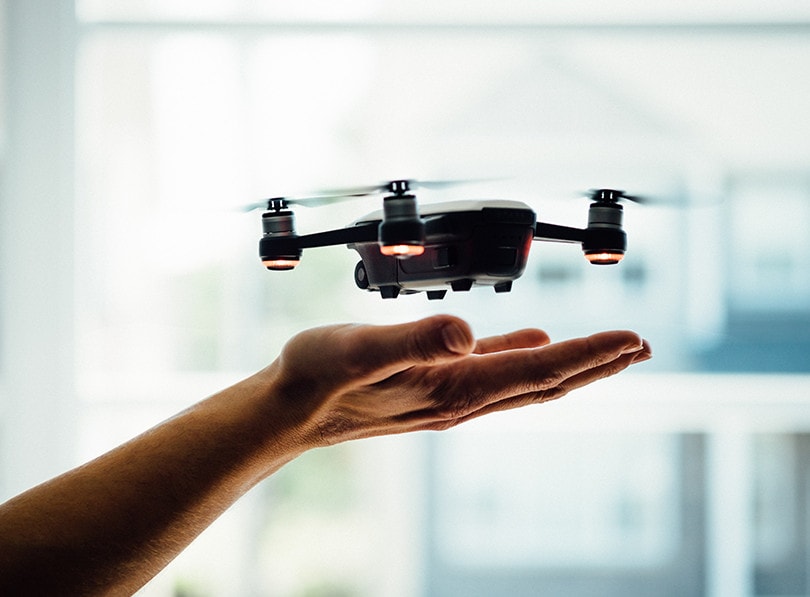
| Legality: | Legal but requires more research |
| Best For: | Water lovers |
The last place to consider flying your drone is on a boardwalk. Most boardwalks today allow users to fly their drones here. Occasionally, you’ll find boardwalks that prohibit drone usage, but these boardwalks will make it clear.
Whenever you find a boardwalk that allows drone flying, you will get to enjoy photos of the coast, water, and boardwalk itself. As a result, boardwalks are some of the most fun places to fly your drone.
- Legal
- Easy to access
- Requires more research

Where Am I Not Allowed to Fly My Drone?
Just as there are some ideal locations for flying your drone, there are some locations where it is illegal. Here are the top three places where you should never fly your drone:
National Parks
Although flying in national forests is ideal, it is illegal to do so in national parks. This is because national parks are dedicated to conservation, and you will get in a lot of trouble if you fly a drone in a national park.
Large Sporting Events
It may be tempting to fly over a large sporting event, but it is illegal. In most areas, it is illegal to fly a drone over these areas an hour before and an hour after the event. The only individuals allowed to fly drones at these events are those who use the drone for commercial purposes and have the permits to match.
Emergency Response Areas
It’s illegal to fly drones in emergency response areas. These areas have temporary flight restrictions. Temporary flight restrictions often happen in the case of an emergency, such as forest fires.
How to Know if You Can Fly Drones in an Area
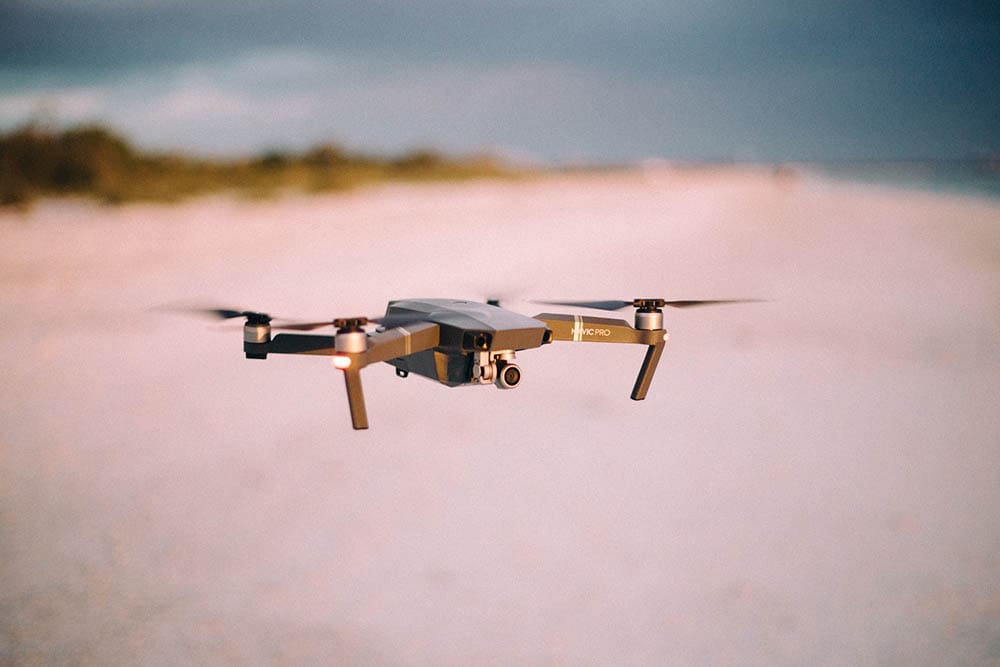
If you are considering a location not on this list but do not know if you can fly your drone there, there are some things you can do to discover if it is drone friendly.
For starters, it’s a great idea to download drone apps. There are apps entirely dedicated to finding drone flying spaces. If the location you are considering is not featured on the app, ask for permission or check the area’s rules and regulations. If you intend to take any pictures, you must always ask permission, even if you know that area is a fly zone.
In Conclusion
If you want to fly your drone, we recommend starting in your backyard or at local parks. From there, national forests, bodies of water, and boardwalks are more adventurous locations, but they require additional research.
No matter where you go, make sure to double-check the location before flying your drone. That way, you are not doing anything illegal or putting your drone and others at risk. By downloading drone apps, you should easily be able to find locations that are great for flying your aircraft.
Featured Image Credit: david henrichs, Unsplash
About the Author Robert Sparks
Robert’s obsession with all things optical started early in life, when his optician father would bring home prototypes for Robert to play with. Nowadays, Robert is dedicated to helping others find the right optics for their needs. His hobbies include astronomy, astrophysics, and model building. Originally from Newark, NJ, he resides in Santa Fe, New Mexico, where the nighttime skies are filled with glittering stars.
Related Articles:
Can You Use Binoculars to Look At Stars? How to Choose the Right Pair
How to Clean a Refractor Telescope: Step-by-Step Guide
How to Clean a Telescope Eyepiece: Step-by-Step Guide
How to Clean a Rifle Scope: 8 Expert Tips
Monocular vs Telescope: Differences Explained (With Pictures)
What Is a Monocular Used For? 8 Common Functions
How to Clean a Telescope Mirror: 8 Expert Tips
Brightfield vs Phase Contrast Microscopy: The Differences Explained
